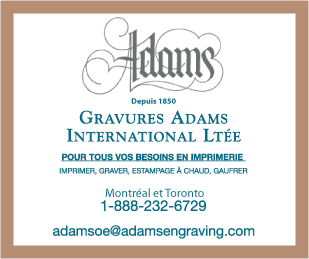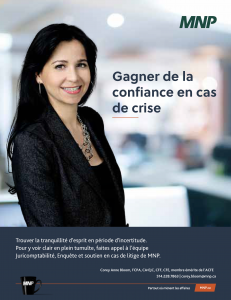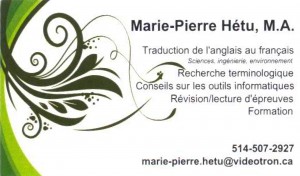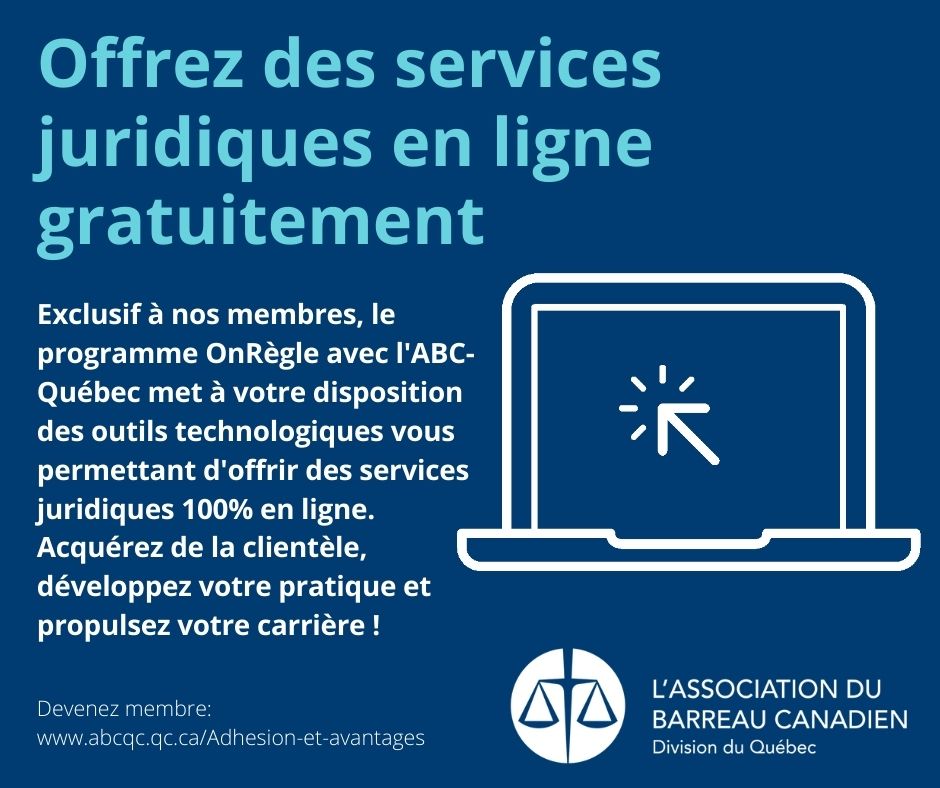Québec introduces new French language requirements for public signage
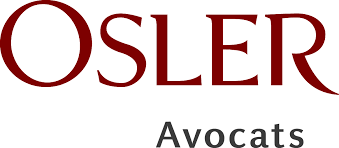
On November 4, 2016, the Québec government announced new regulations amending the rules under the Charter of the French Language and requiring public signage that displays English trademarks to also include a French-language description of the business or other “sufficient presence of French.”
Key events leading up to the amendments
As first reported in our May 2016 Update, the amendments come after many years of attempts by the Office québécois de la langue française (the Office) to require retailers to use French on exterior store signage. Most recently, in 2011, the Office attempted to impose an interpretation of the Charter requiring that a generic term in French accompany their English trademark on their public signs, posters and commercial advertising. In response, a number of retailers challenged the Office’s interpretation in court and were ultimately successful with the Québec Superior Court siding with the retailers. The Attorney General of Québec appealed the decision, which was dismissed in April 2015. The Attorney General decided against seeking leave to appeal to the Supreme Court of Canada.
Essentially, the court’s ruling meant that retailers operating in Québec under a non-French name did not have to amend their store signage to include a generic French descriptor.
As such, the amendments are in large part a response to the court’s ruling and an implicit acknowledgement by the Québec government that it does not view the protection currently provided by the Charter as sufficient for the protection of the French language in the province.
Overview of the amendments
Under the amendments, businesses will continue to be able to use and display recognized trademarks in a language other than French (provided that a French version of the mark has not been registered in Canada). Businesses will, however, be subject to the following new requirements:
Where a trademark is displayed “outside an immovable” only in a language other than French, a “sufficient presence of French” must accompany the trademark.
A “sufficient presence of French” can be satisfied in one of three ways: 1) a generic term or a description of the products or services concerned; 2) a slogan or 3) any other term or indication deemed sufficient. The term “outside an immovable” could refer to several situations. The amendments provide that signs or posters outside premises situated in an immovable or a larger property complex are considered to be outside an immovable, including those situated in a mall or a shopping centre, underground or not. Signs or posters inside an immovable, if they are intended to be seen from the outside, are also considered to be outside an immovable.
The presence of French must have permanent (meaning the materials or the manner in which the sign or poster is attached cannot be easily removed or torn off) visibility, similar to that of the principal signs displaying the trademark, and must also have legibility in the same visual field as the principal signs displaying the trademark. For example, if the latter is illuminated at night, the French addition must also be illuminated at the same time.
In assessing whether the French content has “sufficient presence,” the amendments contemplate that the position from which the signage will be viewed will be a relevant factor. For example, for a location which is located on a street with a sidewalk, the assessment will be made from the perspective of an individual standing on the sidewalk. By contrast, in the case of a sign or poster visible from the highway, the French content must be sufficiently legible from the highway.
While the amendments will result in increased French-language content on signage and posters, it may also increase the amount of advertising content to which consumers will be subject. In particular, as many businesses will already have French versions of their slogans in order to comply with other requirements of the Charter, they may be most inclined to comply with the new signage requirements by including the French version of their corporate slogan.
Furthermore, there would appear to be some questions as to what will fall within the scope of “a language other than French.” In particular, the question of coined words are not addressed and could leave some room for interpretation and work-arounds.
The amendments, when they come into force on November 24, 2016, will apply to the installation of new trademark signs or posters and to the replacement of existing signs or posters. However, signs and posters existing as of the date on which the amendments come into force will have 3 years to comply. This 3-year period also applies to a trademark that is already used on signs or posters as part of a franchise system or otherwise, as well as if the installation or replacement of the sign or poster has been the subject of the issue of, or an application for, a municipal permit or a similar government authorization in the 6 months preceding November 9, 2016.
A guide is available on the Office’s website (in French only). Feel free to contact any member of Osler’s Franchise & Retail Group with questions.






